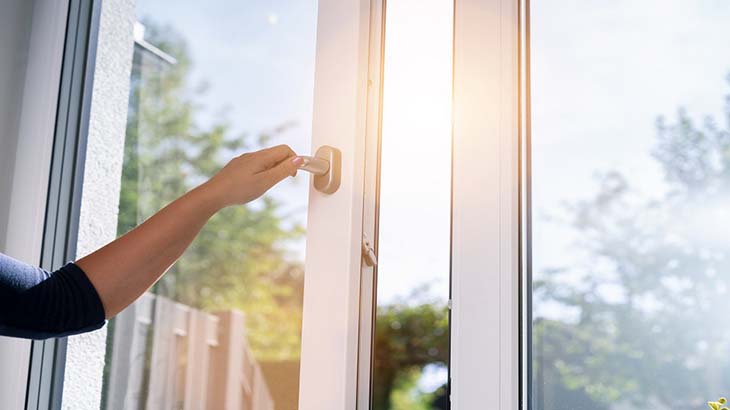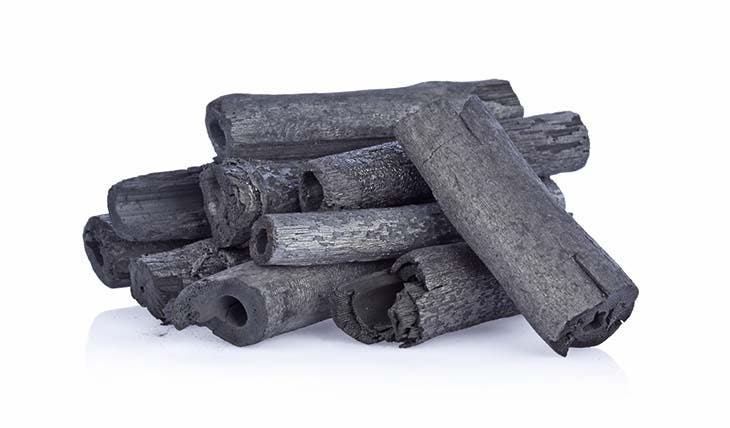
Almost half of our homes have excessive humidity. In addition to unpleasant smells and property damage, breathing problems and other health problems can occur. Our advice for flushing out that unhealthy water.


House humidity – source: spm
- Ventilate daily
Even if it’s winter and the outside temperature is around zero degrees, there’s no way around it! Ventilating between five and ten minutes every day is essential to renew the ambient air and remove excess moisture. If possible, create a draft between several windows. If the whole house needs to be properly ventilated, insist on the wettest rooms, such as the bathroom or kitchen.
- Clean the VMC
VMC (Controlled Mechanical Ventilation) is still by far the best means of constantly renewing the air and thus avoiding excessive humidity. It can be single or double flow. In the first case, the device is content with sucking the air out of the housing in order to release it to the outside. While a dual flow VMC has the advantage of being able to recover the heat from the extracted air instead of throwing it outside. To keep your CMV running optimally, you should clean the vents with a vacuum cleaner once a year. Over time, dust accumulates on the grilles, with the risk of obstructing air circulation.
- Opt for double glazing
If drops of water roll off the inside of your windows and often fog up, this is a clear sign of moisture. With double glazing windows, you avoid excessive temperature fluctuations and limit condensation problems. A tip: install ventilation grilles on the new joinery so that the air can circulate.
- Check the tightness
Since the bathroom is known for being the wettest room in the house, be sure to seal the seams around the tub, shower, and sink. Adding a heater can help dry out the air. Install a towel radiator and if this is not possible, there are small additional heaters that you turn on before washing and turn off fifteen minutes later.
- Consider the dehumidifier
You can buy a dehumidifier commercially. You have the choice between a chemical or an electrical device.
The first works on the condensation principle. It contains a sodium chloride tablet or cartridge. This absorbs the moisture to convert it into water. Then simply empty the bin. An electric dehumidifier, on the other hand, sucks in the humid air contained in the room, dries it, cools it and then heats it to a temperature equivalent to that of the room in which it is located. The air comes out moisture-free.


Charcoal – Source: spm
- Watch the cabinets
When you open your cupboards , an unpleasant musty smell comes out. It’s probably due to the humidity. To vacuum it up, all you need to do is place a few pieces of charcoal in a box with a lid that has holes in it. A natural and effective method that doesn’t cost you much.
Also, make sure the furniture is a few inches away from the walls. When there is humidity, air must circulate to prevent mold from forming.
- have a green thumb
Certain plant species that live in tropical environments have the power to dehumidify the surrounding air. They pull water from the air to feed themselves, reducing the abundant humidity in your home. For example, the Boston fern is best in this role. It should be placed in a bright place but out of direct sunlight. If your living room has little light, a spathiphyllum is just as effective.
With the naked eye
To maintain a healthy interior, the humidity must be between 40% and 60%. If your home is above this average, you don’t need a meter, certain signs are not misleading: presence of fog on the windows, musty smell, peeling wallpaper or baseboards, appearance of yellowish spots on the walls…
